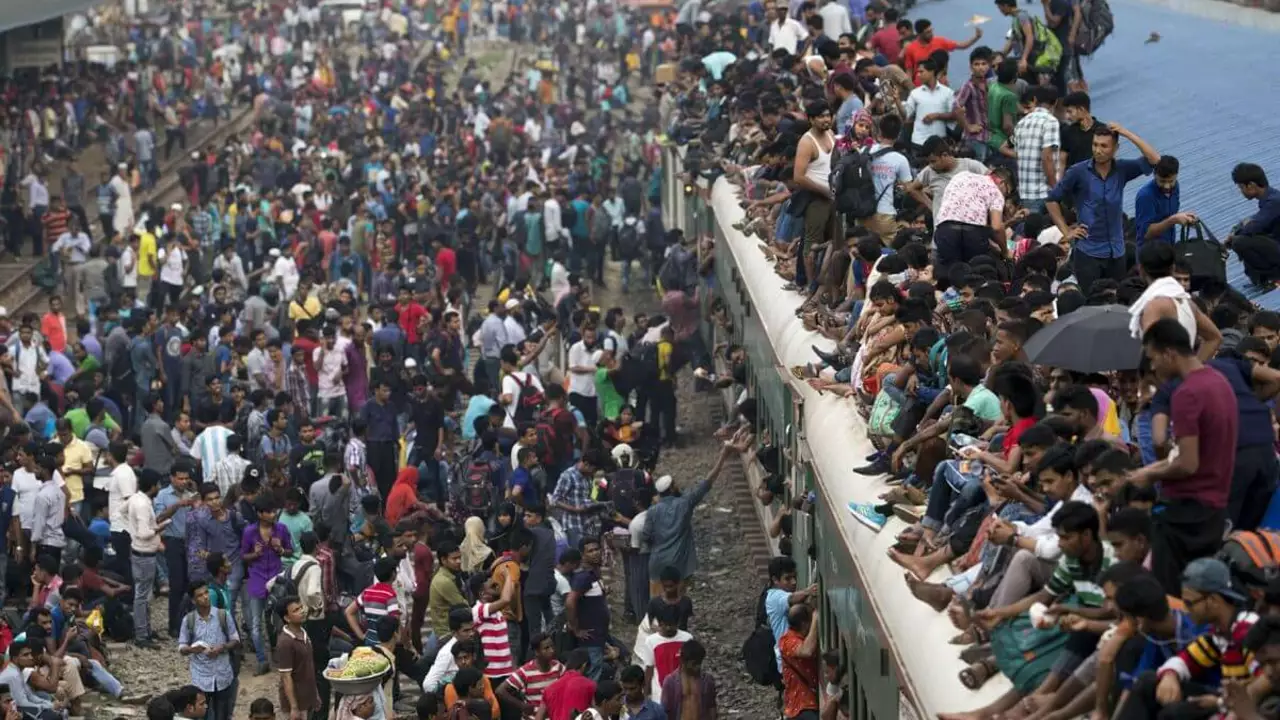India's population boom can be attributed to a few key factors. Firstly, high fertility rates in the past have created a 'population momentum'. Secondly, improvements in medical technology and healthcare have led to increased life expectancy. Lastly, traditionally, larger families are often seen as a source of economic and social security. So, in a nutshell, a combination of historical, cultural, and technological factors have contributed to India's high population.
Population Growth in India: Why It Matters and What’s Happening
India is home to more than 1.3 billion people. That makes it the second biggest population on the planet. Every year the number goes up, but the speed of that rise is slowing down. Understanding how fast the people are adding up, and what that means for jobs, schools, and the planet, can help you see why the topic matters.
Current Numbers and What They Show
Right now the average age of an Indian is about 28 years. In the next few years that number will climb toward the mid‑30s. A younger crowd means a big pool of workers, but it also means big demand for education, health care, and housing. The official growth rate sits around 1.2 % each year – a figure that translates to roughly 15 million new people every twelve months.
When you break the numbers down, most of the new growth is happening in rural areas, but cities are expanding fast too. Small towns are turning into mini‑metropolises as people chase jobs in factories and tech hubs. This shift brings challenges: traffic, water shortages, and air quality problems all spike when a town suddenly doubles its size.
What the Future Could Look Like
If the current trend holds, India could hit 1.5 billion people by 2035. That’s a lot of mouths to feed and a lot of hands to work. The upside is a huge market for goods and services – businesses love a big customer base. The downside is pressure on the environment and on public services that already stretch thin.
Policymakers are trying to balance the two sides. Programs that support family planning, female education, and job creation aim to keep the growth steady without overloading the system. For example, when more girls finish school, they tend to have fewer children, which eases the growth pressure.
Technology also plays a role. Digital tools help farmers raise more food on the same land, while tele‑medicine brings doctors to remote villages. These solutions can make a larger population more manageable.
On the personal side, knowing about population growth can help you plan better. If you’re looking for a job, cities that are growing fast will have more openings. If you’re thinking about buying a home, look for areas where the population is rising but infrastructure is still catching up – those spots often see property values rise.
In short, India’s population is still climbing, but the speed is easing. The country sits at a crossroads where smart choices can turn the growth into an advantage rather than a burden. Keep an eye on the numbers, watch the policies, and you’ll get a clearer picture of where the nation is headed.
